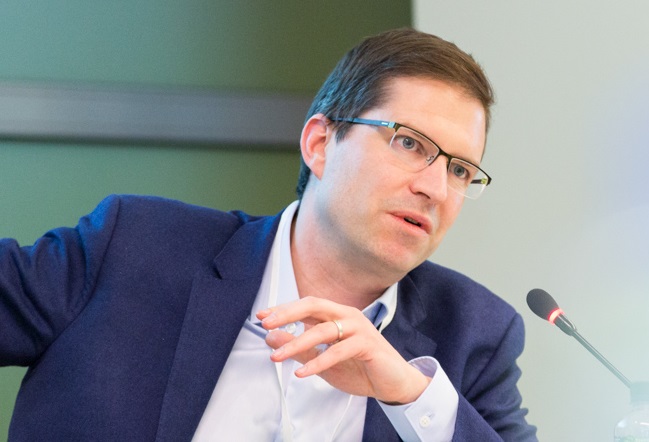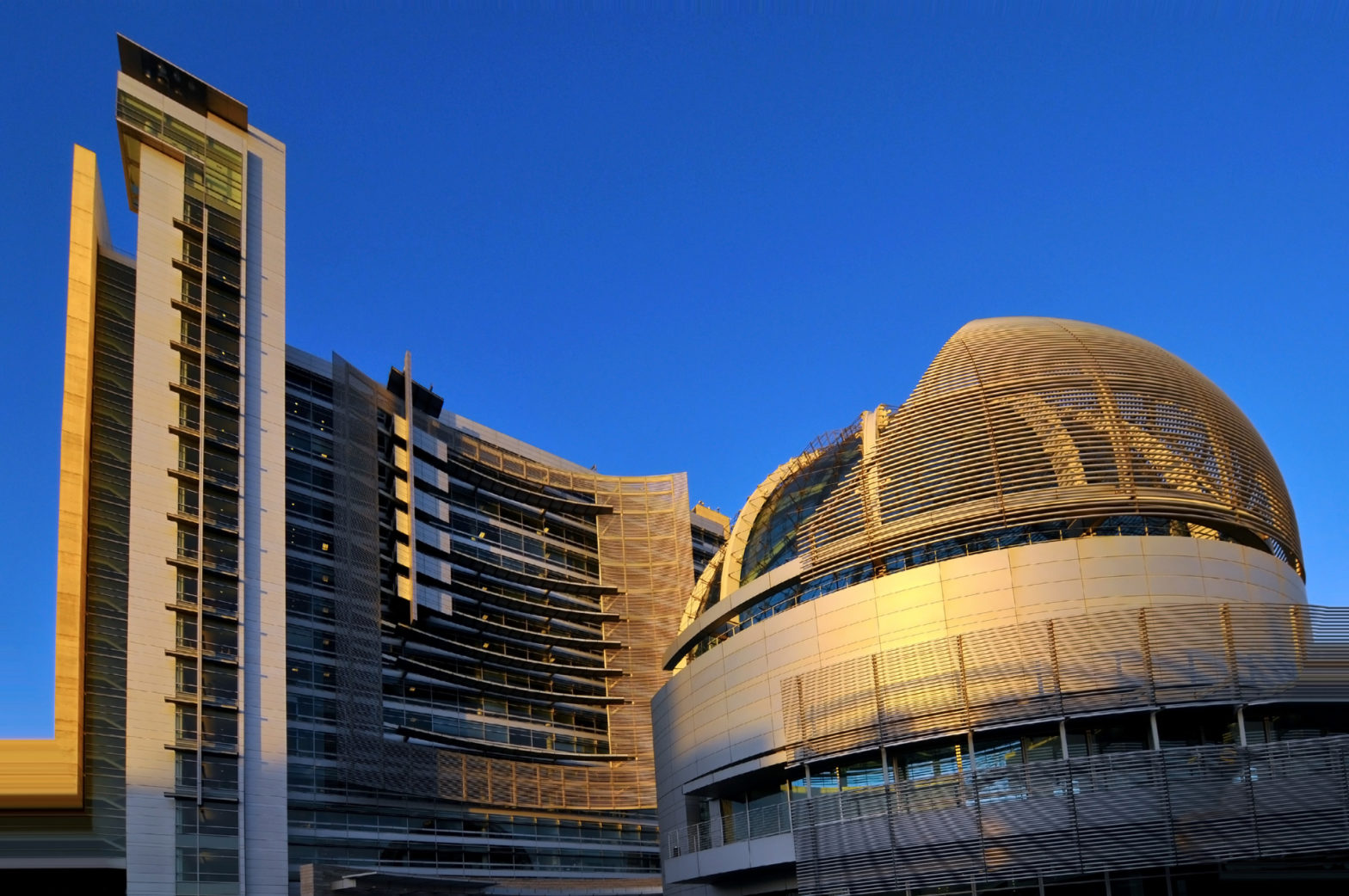
Dublin’s Academy of the Near Future aims to demystify smart cities
28 February 2022
by Sarah Wray
Jamie Cudden and Grace D’Arcy tell Cities Today why the education and skills programme is essential to Dublin’s smart city success.
From drones to a digital twin and connected lifebuoys, Dublin has a range of cutting-edge technology projects underway, but the one that Smart City Program Manager Jamie Cudden is particularly excited about is the Academy of the Near Future.
The education and skills programme, a collaboration between CONNECT at Trinity College Dublin, Dublin City Council and the Smart Docklands testbed, aims to bring a broader range of people into the conversation about new technologies through interactive workshops, hands-on activities and online resources.
“There’s all this technology and it’s moving so fast, but we need to educate people in the public sector and citizens about the potential of these technologies, what the risks are and how we can make the most of new tools,” Cudden says.
While there are a growing number of academic courses about smart cities and data, Cudden saw a gap for practical sessions based on real-life implementations and experience. Through the Academy, local authority staff and secondary school students get the chance to see sensors in action, understand how they work and prototype their own solutions.
Scaling smart cities
Within the council, the goal is to spread knowledge about emerging technology throughout the organisation, beyond the smart city team. Ultimately this should ensure that all departments are considering the latest technologies and thinking, and that pilots have a better chance of scaling up.
Cudden notes that those leading procurement decisions for large engineering and infrastructure projects don’t always have the most up-to-date information on the market solutions that are available, so they may be buying “yesterday’s technology”. Sometimes they have explored products several years ago and been put off by cost or complexity.
“We realised that maybe the gap is not so much the opportunity and where the technology is…the gap is the understanding of how much things have moved on in the last couple of years,” he comments.
Many of today’s low-cost, plug-and-play sensors are like ‘Lego’ but didn’t exist five or ten years ago, says Cudden: “We talk about smart cities as almost this kind of thing that’s going to happen 20 years down the road, but it’s happening now. We need to tell people the story and get them upskilled.”
The ‘Optimisers’ programme for local authority staff began as a pilot in 2020 before the pandemic and is now getting underway again, with plans to expand it to more local authorities.

The Academy also rolled out its ‘Visioneers’ programme for schools and is targeting 1,000 Transition Year students this academic year in Dublin and elsewhere in Ireland, with a particular focus on reaching girls and young people from disadvantaged communities.
Grace D’Arcy, Visioneers Programme Delivery Manager, says: “We’re going in and giving an insight into what smart cities aim to do. We give a hands-on background and we get them using a motion sensor, sending signals to each other across the room.
“They have an understanding of how the [IoT] network works, and then we jump into exploring the problems that a city has, and students develop their own smart city solution.”
One idea that came up in a workshop recently, for example, was the creation of a mapping tool of accessible routes for people with wheelchairs.
Changing assumptions
“By the end of the workshop we aim to break that image of technology being for someone who doesn’t look like them doing something really technical. We try to make it fun and lively,” D’Arcy comments.
This is invaluable in a city like Dublin and particularly now, she says, noting that the boom in tech companies offers advantages for the city but it’s important that residents don’t feel excluded.
“With the programme I hope we can bridge that gap, where people in those areas feel like they can be a part of tech and they can get involved.”
There are now plans to scale up the offering from one-off workshops to deeper engagement. In partnership with Virgin Media, the Academy of the Near Future will deliver Design Your Future City, a week-long programme for 20 selected Transition Year students.
Cudden hopes more technology companies will come on board to support the work with schools and local authorities, saying it could form an important part of their corporate social responsibility (CSR) work as well as marketing efforts.
“CSR initiatives can sometimes be tokenistic,” he says. “They might be just about a one-day thing, but this is a nice way to look at the technology that sits behind cities and how it can benefit people.”
He adds: “For vendors, I also think these are the type of programmes that could get them a better outcome over the next five to ten years than more traditional marketing and sales because there’s a deeper cultural thing [in the public sector] that we need to address, and that’s the awareness and understanding of the benefits of the technology and how much it has advanced in a positive way.”
In future, Cudden says he would be interested in collaborating with other municipal and technology leaders who want to share their smart city expertise. “The dream” would be to have a physical public engagement space where citizens can drop in for a glimpse of what the future looks like.








